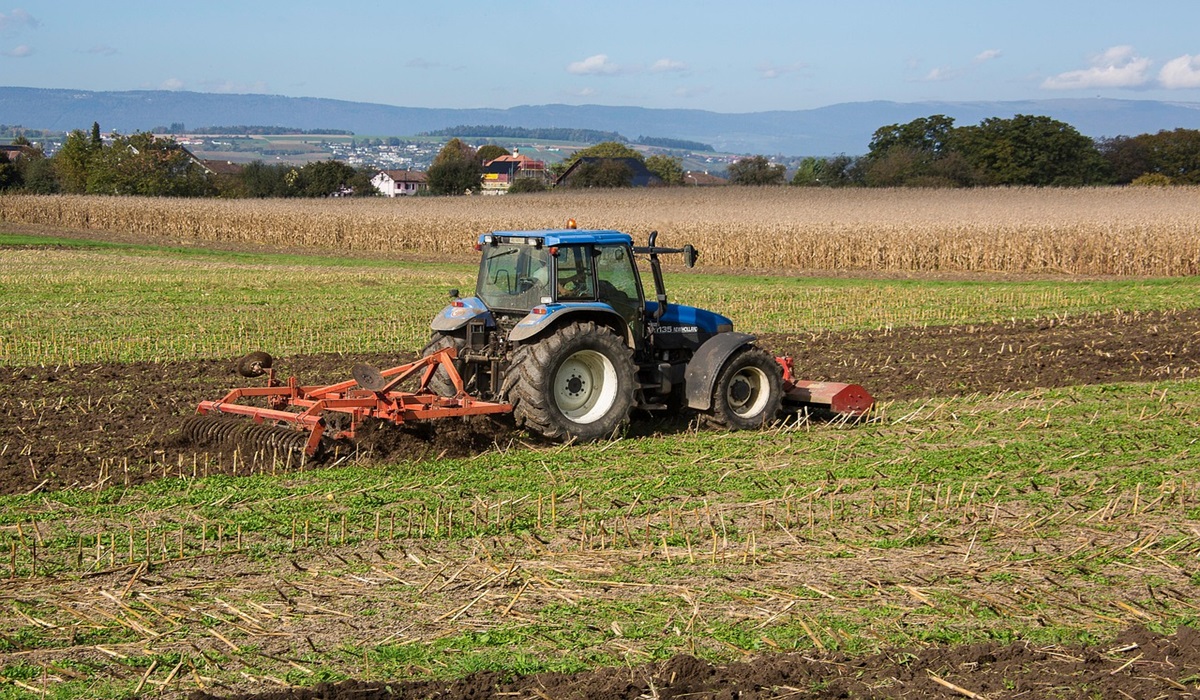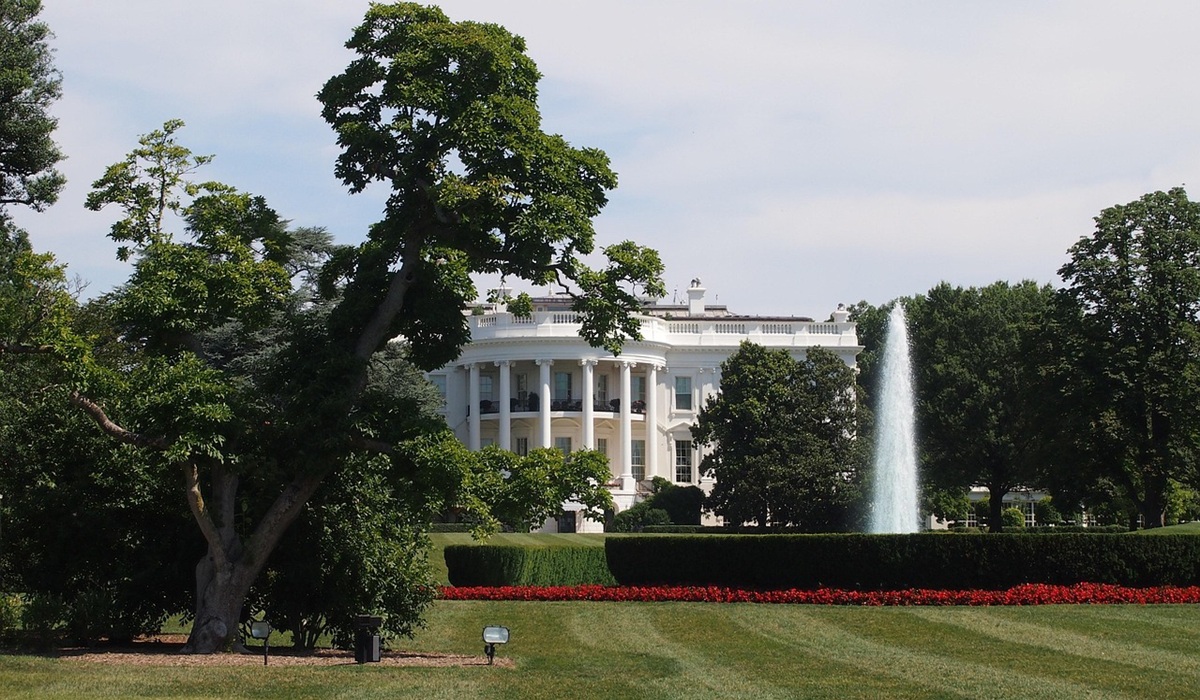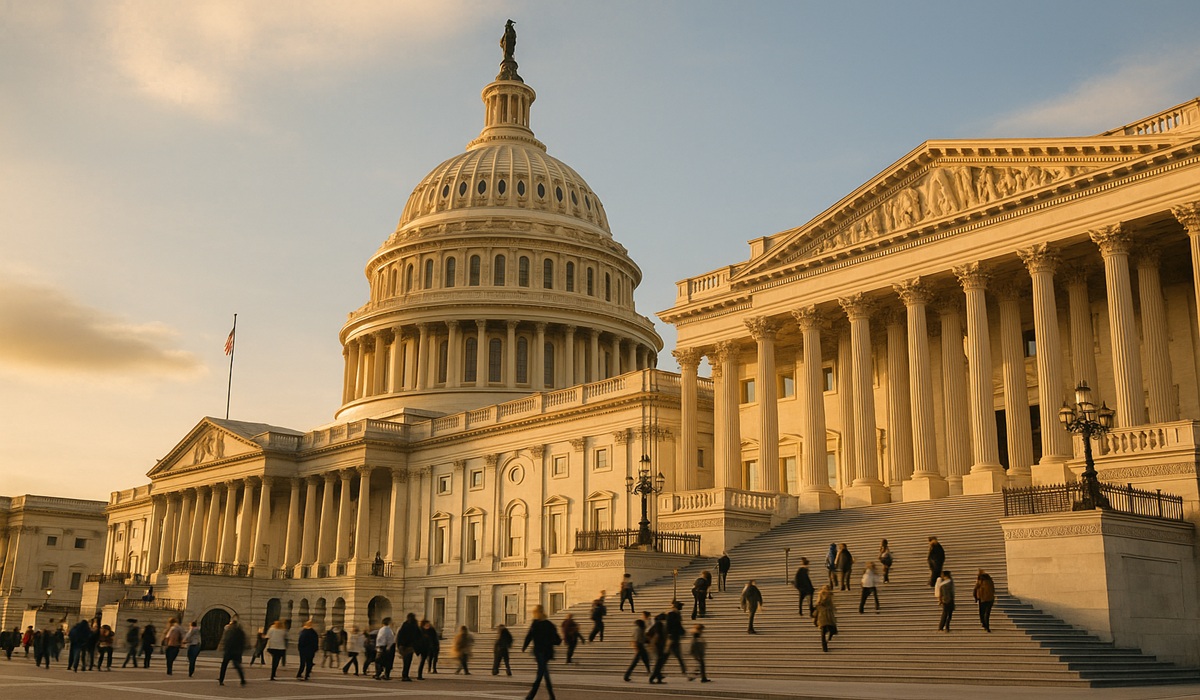Image Credit: Fran Ben
On April 2, 2025, President Donald Trump proclaimed “Liberation Day,” initiating a comprehensive trade policy that enforces a universal 10% tariff on all imports, with steeper rates for specific nations—34% on Chinese goods and 20% on European Union (EU) imports. These measures, aimed at revitalizing domestic industries and correcting trade imbalances, have triggered swift and substantial retaliatory actions from key trading partners, placing American farmers at the forefront of potential economic fallout.
In direct response to the U.S. tariffs, China announced an additional 34% tariff on all U.S. imports, effective April 10. This escalation mirrors the U.S.’s approach and is poised to severely impact American agricultural exports, which are heavily reliant on the Chinese market. Farmers exporting soybeans, pork, and other commodities now face the daunting challenge of diminished demand and plummeting prices, reminiscent of the hardships experienced during previous trade disputes.
The European Union, under the leadership of European Commission President Ursula von der Leyen, is formulating countermeasures in retaliation to the new U.S. tariffs. The EU had previously planned duties of up to 50% on American products, including whiskey and motorcycles, with implementation delayed to mid-April to allow for further negotiations. Should these tariffs proceed, American agricultural products could become collateral damage in the escalating trade tensions, further constricting farmers’ access to vital European markets.
Canada, led by Prime Minister Mark Carney, has announced plans to introduce new, unspecified countermeasures, adding to their previous 25% tariffs on $42 billion worth of U.S. goods, which included fruits, appliances, and liquor. These actions are set to exacerbate the challenges faced by American farmers, particularly those exporting produce and other agricultural goods to Canada, a significant trading partner.
The cumulative effect of these retaliatory tariffs is a significant threat to the livelihood of American farmers. The agricultural sector, which relies heavily on exports, is bracing for a repeat of the market disruptions and financial strains experienced during earlier trade wars. The imposition of tariffs by the U.S. has not only led to direct retaliatory measures but also fostered an environment of uncertainty, making it challenging for farmers to plan and invest for the future.
As these international trade tensions escalate, American farmers find themselves once again at the mercy of policies beyond their control. The hope is for diplomatic negotiations to de-escalate the situation and establish fair trade practices that do not disproportionately burden the agricultural community. However, until such resolutions are achieved, farmers must navigate the turbulent waters of global trade disputes, with their livelihoods hanging in the balance.









